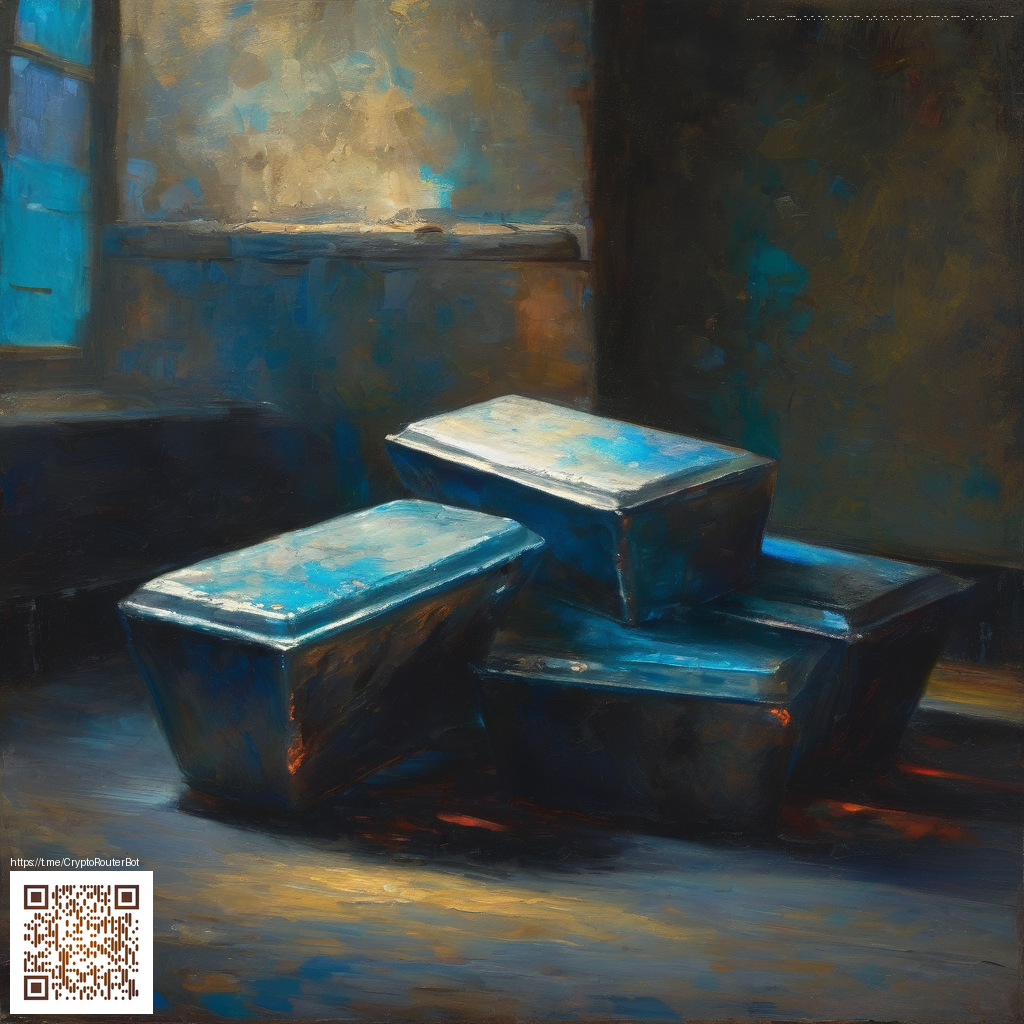
Why Digital Paper Elevates Printable Wall Art
In the realm of home decor and DIY art, digital paper is a quietly powerful protagonist. It acts as a versatile substrate that lets you simulate textures, weight, and depth without the unpredictability of traditional stock. When you design with digital paper in mind, you’re not just creating a pretty print—you’re shaping an experience: bold color, tactile suggestion, and longevity that fits modern living spaces. The result is wall art that prints with precision and stays vibrant for years, even as trends evolve.
What digital paper really is in contemporary design
Digital paper refers to high-resolution design resources and texture layers you can apply to prints. Think of it as the digital cousin to pattern sheets and handmade textures, but with calibrated color profiles and scalable patterns. The aim is to capture the essence of real paper—its grain, translucence, or metallic sheen—while offering the flexibility that only digital workflows provide. When you prepare a file with digital paper in mind, you’re pre-emptively solving color management, print latency, and stock compatibility challenges.
- Texture and depth: Subtle fibers, grain, and overlays that give your print a tactile presence without needing specialized ink or stock.
- Color fidelity: Thoughtful use of color profiles ensures hues print true to the on-screen design, reducing surprises after the printer hums to life.
- Consistency across runs: Digital assets deliver repeatable results for gallery walls or multiple rooms with cohesive visuals.
- Creative flexibility: Swap textures, adjust opacity, or remix patterns quickly, keeping your art fresh without starting from scratch.
“Digital paper isn’t about replacing physical textures; it’s about expanding the palette of what print can achieve—without the waste, cost, or delays of producing new stock.”
Translating digital paper into wall-ready pieces
Start with high-resolution canvases and a restrained, well-considered color palette. Calibrate your monitor to align with your printer’s color profile, and choose a paper weight that complements the texture you’re simulating. A luminous overlay paired with a matte stock, for example, can produce a contemporary contrast that reads clearly from across a room. By planning for how light interacts with your design, you optimize legibility and impact, turning digital decisions into tangible prints.
As you experiment, keep the narrative of your space in mind. For minimalist rooms, a subtle paper texture can amplify quiet elegance, while in a maximalist setting, layered textures add depth without overwhelming the composition. Digital paper makes these shifts feasible without waste or repeated trips to the store, empowering both professionals and hobbyists to iterate freely.
Practical tips for designers and homeowners
- Use a color-managed workflow: embed ICC profiles and avoid relying solely on embedded color spaces.
- Opt for archival stock when possible to extend the life of your prints.
- Always print a small test swatch before committing to a full run, especially when metallic or pearlescent overlays are involved.
- Pair high-contrast elements with nuanced textures to maintain readability from a distance.
To put this into a real-world context, consider how design choices translate across products and spaces. The Neon MagSafe Card Holder Phone Case demonstrates how texture and finish can elevate everyday items, a principle that rings true for printable wall art as well. If you’d like to explore how such aesthetics are presented online, that same design language appears in curated collections like that example collection, illustrating how digital assets guide viewer perception and purchase decisions.
Embracing the digital paper renaissance
The role of digital paper in printable wall art goes beyond aesthetics. It gives creators the freedom to experiment, iterate quickly, and produce prints that scale from intimate frames to expansive gallery walls. The practical benefits—reproducible color, versatile textures, and adaptable designs—mean you can share or sell your work with greater confidence and less material lead time. In a world where visuals fight for attention, digital paper helps your art communicate with clarity, polish, and soul.